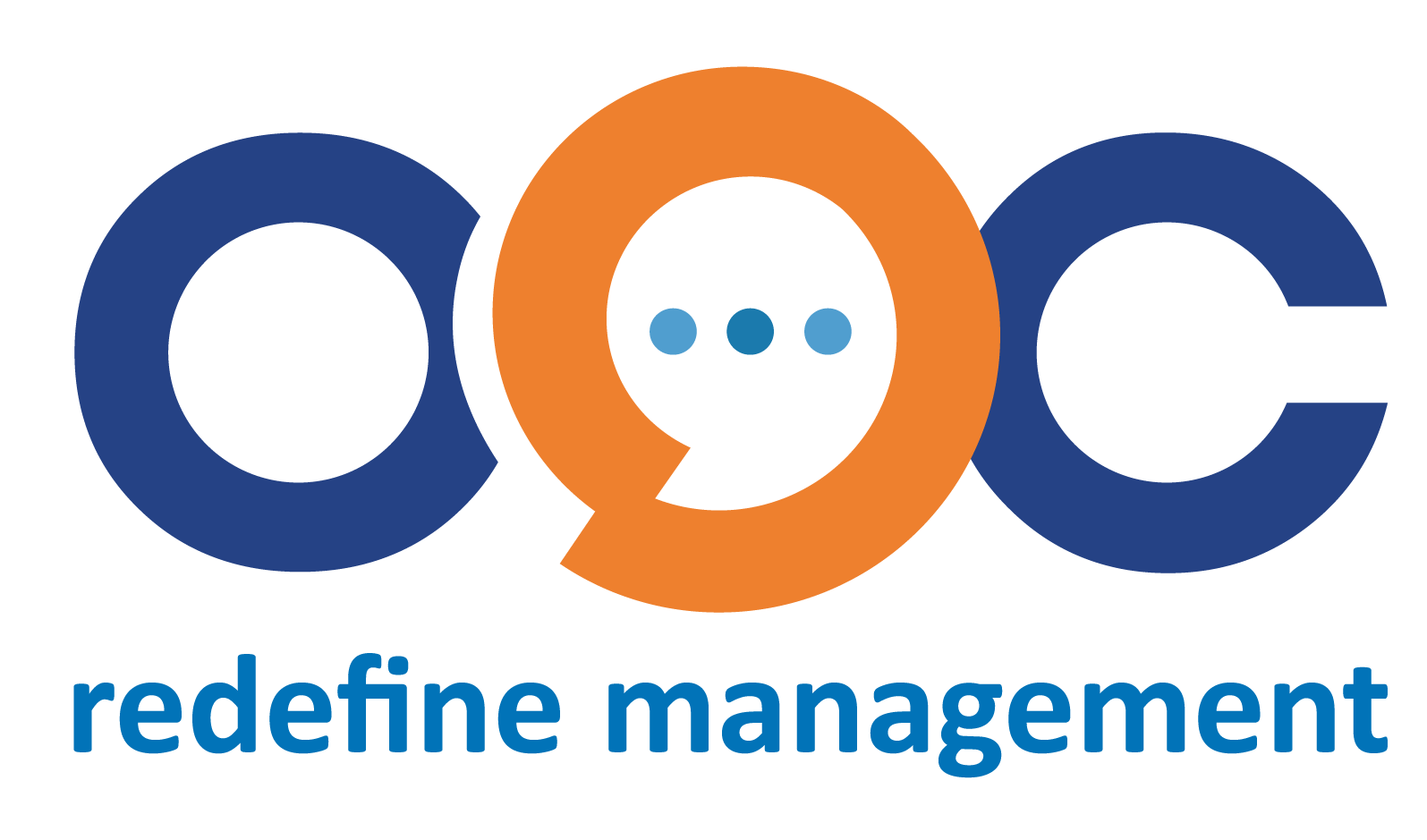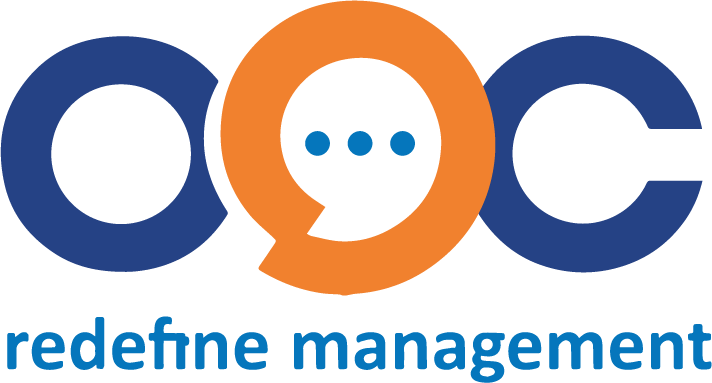
A Document Management System (DMS) is software designed to facilitate the creation, storage, organization, retrieval, and management of documents in a digital format. It provides a centralized platform for managing documents, enabling users to collaborate, share, and maintain control over their files. A DMS often includes features such as indexing, version control, search capabilities, and security protocols.
What is Document Management?
Document management refers to the systematic process of capturing, storing, organizing, and managing documents and data within an organization. This includes both digital documents, such as electronic files, and physical documents, like printed materials. The goal of document management is to ensure that documents are easily accessible, securely stored, and effectively managed throughout their lifecycle—from creation to archiving or destruction.
Roles of Document Management
- Storage and Organization: Efficiently stores documents in a structured manner, making retrieval quick and straightforward.
- Collaboration: Facilitates teamwork by enabling multiple users to access, edit, and share documents simultaneously.
- Security: Protects sensitive information through access controls, encryption, and audit trails.
- Compliance: Helps organizations adhere to legal and regulatory requirements by ensuring documents are properly managed and retained.
- Version Control: Tracks document revisions, allowing users to access the latest versions while retaining previous versions for reference.
- Workflow Automation: Streamlines processes by automating document-related tasks, reducing manual intervention and errors.
What is a Document Management System (DMS)?
A Document Management System (DMS) is software designed to facilitate the creation, storage, organization, retrieval, and management of documents in a digital format. It provides a centralized platform for managing documents, enabling users to collaborate, share, and maintain control over their files. A DMS often includes features such as indexing, version control, search capabilities, and security protocols.
Role of DMS
- Central Repository: Serves as a central location for storing all documents, reducing the risk of data loss and ensuring that files are easy to locate.
- Efficiency: Increases productivity by minimizing the time spent searching for documents and streamlining document-related tasks.
- Enhanced Security: Implements access controls and encryption to protect sensitive information from unauthorized access.
- Regulatory Compliance: Assists organizations in maintaining compliance with industry regulations and standards by providing tools for document retention and management.
- Collaboration: Facilitates teamwork by enabling multiple users to work on documents simultaneously and providing tools for feedback and approval.
Types of Document Management Systems
- Cloud-Based DMS:
- Description: Hosted on remote servers and accessed via the internet.
- Advantages: Scalability, remote access, lower upfront costs, and automatic updates.
- Disadvantages: Dependence on internet connectivity and potential security concerns with third-party hosting.
- On-Premises DMS:
- Description: Installed and maintained on the organization’s own servers.
- Advantages: Greater control over data security and customization options.
- Disadvantages: Higher initial investment and ongoing maintenance costs.
- Hybrid DMS:
- Description: Combines elements of both cloud-based and on-premises systems.
- Advantages: Flexibility to choose where to store documents based on sensitivity and compliance needs.
- Disadvantages: Complexity in management and potential for integration challenges.
- Enterprise DMS:
- Description: Designed for large organizations with complex document management needs.
- Advantages: Robust features, extensive integration capabilities, and tailored solutions.
- Disadvantages: Higher costs and may require dedicated IT support.
- Industry-Specific DMS:
- Description: Tailored to meet the unique needs of specific industries (e.g., legal, healthcare, construction).
- Advantages: Customized features and compliance support for industry regulations.
- Disadvantages: Limited applicability outside the specific industry.
Comparison of DMS Types
| Type of DMS | Advantages | Disadvantages |
| Cloud-Based | Scalable, remote access, lower costs | Internet dependency, security concerns |
| On-Premises | Control over data, customizable | Higher initial costs, ongoing maintenance |
| Hybrid | Flexible storage options | Management complexity, integration challenges |
| Enterprise | Robust features, tailored solutions | Higher costs, may need IT support |
| Industry-Specific | Customized features, compliance support | Limited applicability, potential vendor lock-in |
Best DMS Software
- digiiDoc (digiiDoc):
- Overview: A comprehensive document management software that streamlines document organization and collaboration.
- Key Features:
- Can be used as either cloud-based DMS or On-Premises DMS
- Cloud storage for easy access and sharing.
- Version control to track changes.
- User-friendly interface for seamless navigation.
- Advanced security features to protect sensitive data.
- Free account of up to 10 GB
- M-Files:
- Overview: A flexible DMS that uses metadata for document organization.
- Key Features:
- Automated workflows.
- Integration with existing systems.
- Mobile access.
- Overview: A scalable document management solution ideal for businesses of all sizes.
- Key Features:
- Electronic signatures.
- Workflow automation.
- Robust reporting and analytics.
- SharePoint:
- Overview: A Microsoft platform that combines document management with collaboration tools.
- Key Features:
- Integration with Office 365.
- Customizable templates and workflows.
- Extensive permission settings for security.
- Box:
- Overview: A cloud-based DMS focusing on collaboration and file sharing.
- Key Features:
- Integration with various applications.
- Advanced sharing options.
- Robust security measures.
Document management is crucial for organizations looking to improve efficiency, enhance security, and ensure compliance with regulations. Choosing the right Document Management System can significantly impact how effectively an organization manages its documents. Whether opting for a cloud-based solution like digiiDoc or an on-premises system, organizations must consider their specific needs and requirements to select the most suitable DMS for their operations.

